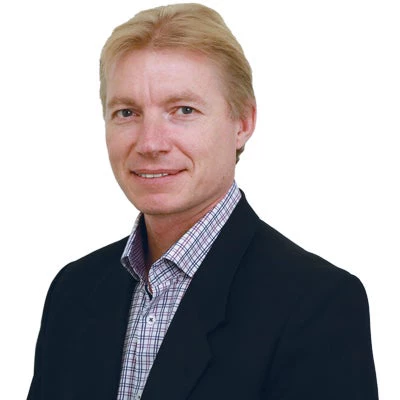
The study found that globally current levels of financing are likely to cover the capital costs of achieving universal basic WASH by 2030. The global capital costs amount to $28.4 billion per year (range: $13.8 to $46.7 billion). However, despite this good news, the current allocations need to be redirected and there will need to be significantly greater spending on sanitation (accounting for 69% of the cost of basic universal WASH) and operations and maintenance, as well as in the most off-track countries which are mainly in sub-Saharan Africa and South Asia.
But this isn’t the full story.
Even while the MDG sanitation target was not met a new global target was set, as part of the Sustainable Development Goals (SDGs). The targets and proposed indicators within the water goal (6.1 and 6.2) talk about ‘safely managed’ services, which includes continuously-available, on-plot water supply and an improved service chain to ensure safely managed fecal waste. When these additional services are costed, they amount to approximately $87 billion per year (range: $61 to $123 billion). Then, we needed to add the basic sanitation and hygiene cost, as well as part of the basic water cost (as many households will not go direct to safely managed water). This takes the cost of achieving targets 6.1 and 6.2 to about $114 billion per year (range: $74 to $116 billion). At 0.39% of the sum of gross domestic product (GDP) of the 140 included countries (range: 0.26 to 0.55%), $114 billion per year requires an additional 0.27% of global GDP spent on WASH, hence requiring massive additional in-flows of financing to the sector.
As these funds are unlikely to be met in any major way from traditional bi- or multilateral aid, it is likely that the investments need to be met from the growing tax revenues of developing country governments and from the private sector recognizing the business potential in the long-term provision of WASH services.
And perhaps, this is the most important part of the story.
Sustained universal coverage requires more than capital inflows: financial and institutional strengthening will be needed to ensure that capital investments translate into effective service delivery.
Tariff policies will need to be strengthened but affordability will remain a critical issue, especially in low-income countries and communities where even the operational costs of basic WASH can add up to more than 5% of the poverty income levels.
Understanding costs is an important part of planning and implementing services to reach universal coverage, but financing should be viewed as part of a broader strengthening of the services system that includes development of technology, private suppliers and providers, policy reform, institutional strengthening, regulation and improved monitoring and evaluation. Financing needs to be planned for operational costs, as well as the capital cost numbers presented above.
What next?
Of course, some of the estimates presented here are at best back-of-the-envelope calculations, as there are so many unknowns such as current service levels and underlying cost data are at times weak. However, the results of this study provide some hard-to-ignore findings such as where the majority of costs (and challenges) are likely to occur, and they provide a basis for discussing global, regional and national priorities. The study provides an approximate global number on the costs of meeting two of the 169 targets, which should be compared with the costs and financing for achieving the other SDG targets, thus enabling an overall prioritization of the development agenda, such as has already been started by the Copenhagen Consensus Center, an exercise which was also conducted for water and sanitation.
In order to encourage deeper analysis, the underlying worksheets are available online for countries to rework the calculations made in this study based on different input data. However, these superficial assessments should not replace the implementation of detailed investment plans and financing strategies within each country as well as at sub-national level.
Related links:
Press Release: More Money and Better Service Delivery: A Winning Combination for Achieving Drinking Water and Sanitation Targets
Report: The Costs of Meeting the 2030 Sustainable Development Goal Targets on Drinking Water, Sanitation, and Hygiene
This study is a collaborative effort by the World Bank, the United Nations Children’s Fund (UNICEF), the World Health Organization (WHO), and a range of sector partners engaged in the post-2015 process revolving around the new Sustainable Development Goal framework. The task team leader is Guy Hutton, senior economist at the Water and Sanitation Program (WSP) at the World Bank, supported by Mili Varughese, WSP operations analyst. In addition, the team consists of Eddy Perez, Jema Sy, Luis Andres, and Chris Walsh. Rifat Hossain (WHO) from the WHO/ UNICEF Joint Monitoring Programme for Water Supply and Sanitation conducted the coverage forecasts in 2015 for the baseline. Full acknowledgements are provided in the report.


Join the Conversation